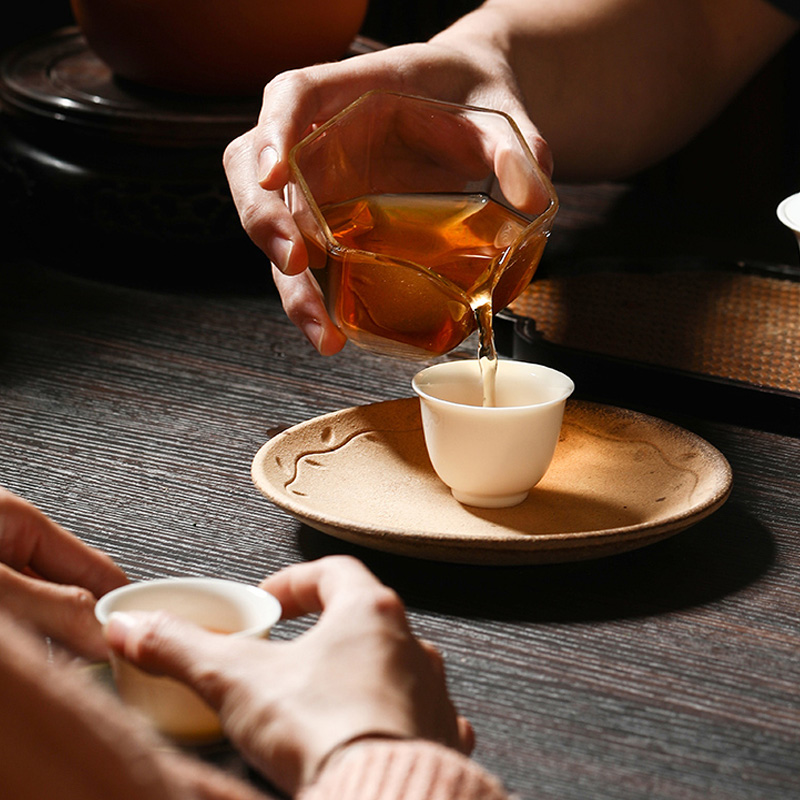Phoenix Oolong Tea Top-grade Chaozhou Yashixiang oolong tea
-
Detail
Nutritional Value of Oolong Tea
1. Rich in Antioxidants
2. Oolong tea contains polyphenols, catechins, and vitamin C, which neutralize free radicals and slow cellular aging. These antioxidants also reduce the risk of chronic diseases like cancer and cardiovascular issues.Metabolism and Weight Management
3. The caffeine and amino acids in oolong tea enhance metabolism and fat oxidation, aiding in weight control. Studies suggest it may lower cholesterol and regulate blood sugar levels.Oral Health Benefits
4. Its polyphenols inhibit bacteria that cause tooth decay and plaque formation, making it effective for maintaining dental hygiene when consumed after meals.Digestive Support
Oolong tea promotes gut health by balancing intestinal flora and aiding digestion, though excessive consumption on an empty stomach should be avoided.
Brewing Methods for Oolong Tea1. Tools Preparation
2. Use a porcelain or purple clay teapot (e.g., Yixing clay) to preserve aroma. Preheat the teapot and cups with hot water to maintain optimal temperature.Tea-to-Water Ratio
3. Add 3–5 grams of tea leaves per 150ml of water. Adjust based on tea type—e.g., lighter varieties like Tieguanyin require less, while robust ones like Da Hong Pao may need more.Water Temperature
a. Ideal temperatures range between 85–100°C:Lightly fermented oolong (e.g., Tieguanyin): 85–95°C.
b. Heavily fermented or roasted types (e.g., Wuyi Rock Tea): 95–100°C.
4. Steeping Process
a. First rinse: Pour hot water over leaves and discard immediately to remove impurities.
b. First infusion: Steep for 20–45 seconds. Gradually increase steeping time (by 10–15 seconds) for subsequent brews. High-quality oolong can be steeped 5–10 times.
5. Serving Tips
Serve in small cups to appreciate the layered flavors—floral, fruity, or mineral notes. Avoid oversteeping to prevent bitterness.
-
Customer ReviewsNo comments





